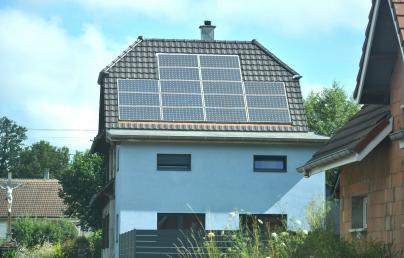
Social Climate Fund: Tackling energy poverty in the building sector

Social Climate Fund: Tackling energy poverty in the building sector
As part of the Fit-for-55 legislative package, the European Union has extended the Emissions Trading Scheme (ETS2) to the buildings and road transport sectors, a move that could lead to higher energy costs for households, particularly those most vulnerable.
To mitigate this impact, the Social Climate Fund (SCF) has been established to finance measures and investments aimed at improving energy efficiency, decarbonising building heating and cooling systems, and integrating renewable energy sources. However, the success of these subsidies hinges on the accurate identification of vulnerable households and the application of realistic criteria that ensure effective energy cost savings, beyond traditional primary energy indicators.
The article highlights the need for a holistic approach to assessing the energy performance of buildings, rather than relying on isolated interventions such as the replacement of heating systems. Through a comparative analysis of technologies like heat pumps and biomass boilers, it demonstrates that actual energy cost savings are highly dependent on operational conditions and the thermal state of the building.
Effective implementation of the SCF requires precise calculation tools aligned with European standards, as well as the verification of outcomes through measurement. Only under these conditions can public funds be used efficiently and energy poverty be sustainably reduced.
Subsidy Schemes and Their Impact on the Assessment of the Energy Performance of Buildings
English (460.73 KB - PDF)